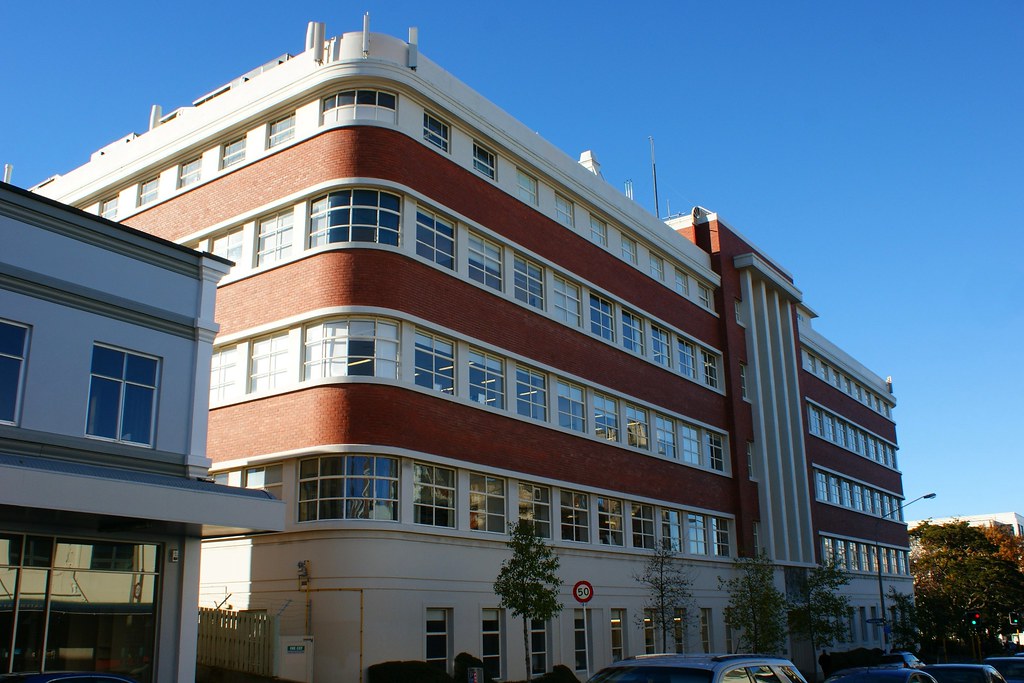Deans Bank & Sir Charles Hercus
Sir Charles Hercus (1888 – 1971)
Charles Ernest Hercus was born in Dunedin on 13 June 1888. He would go on to become one of New Zealand’s most notable physicians and a committed researcher of preventive and social medicine. Today, the Hercus Building at the University of Otago Dunedin School of Medicine is named after him.
Sir Charles Hercus DSO, OBE, MD, BDS, DPH, was the third Dean of the University of Otago Medical School and fostered research at the Medical School over the first half of the twentieth century. Hercus studied dentistry before graduating in medicine at the school in 1914. He served with the New Zealand and Australian armies during the First World War and saw active service at Gallipoli and Palestine. He was reputedly the only man to go ashore at Gallipoli carrying a microscope. On returning, he started a career in public health and preventive medicine, becoming Dean of the School in 1937.
Some of the areas of his research were:
- Malaria control work originated in Palestine, the success of which he later attributed to the ‘high standard of intelligence and discipline of the troops’ and the use of education as a ‘principal weapon’.
- The first reports of endemic goitre were made in 1888, and in 1920, the relationship to low iodine in NZ soils was reported. The introduction of iodized salt was successful in 1940 and virtually eliminated goitre.
- With his background in dentistry, he proved a useful ally to John Walsh, Dean of the Dental School from 1946 and they did the initial research in fluoridation of water to fight tooth decay in children.
- Dr Grant from Wallaceville Animal Research Centre was conducting research into selenium deficiency at Mr Lin Morris’s farm at Mt Barker (Wānaka), and he and others assisted with this research at the Medical School. This work improved animal health NZ-wide and, ultimately, the health of the NZ population.
- He encouraged/assisted one of his fifth-year students, Walter Macfarlane who discovered that in Lake Wānaka the larval form of a parasite living on teal ducks caused dermatitis (duck itch).
- Hercus also became involved with nursing education.
He was credited with having transformed the medical school into ‘a modern institution that achieved a more appropriate balance between teaching and research’.
Hercus was knighted in 1947 and received an honorary LLD (Doctor of Laws) from the University of Otago in 1962. The degree is a higher doctorate and one of the University’s most prestigious qualifications.
He died in Dunedin on 26 March 1971.
The New Zealand Medical Journal described him as ‘the last of a generation that was expected to and was able to run single-handed a faculty of medicine.’
The Deans Bank
The Deans Bank was named for Sir Charles Hercus by Dr Kidd and Chas Templeton. It was a favourite location for Sir Charles to fly-fish brown and rainbow trout — a practice still enjoyed today.
Chas Templeton was a long-term Albert Town resident and an extremely capable and keen fisherman. He lived nearly all his life in Albert Town between 1886 and 1973.
He ran the blacksmithing/engineering business in Wicklow Terrace from 1912 and was joined by his sons Dave and Ralph to form Templeton and Sons in 1955.
Dr Kidd was a specialist TB doctor who built his fishing cottage (or crib) along with fellow fishing companions in the 1940s. Sir Charles stayed with them in this cottage on occasion, and one of his favourite fishing spots was the area now named for him as The Deans Bank.
Bruce Hebband



